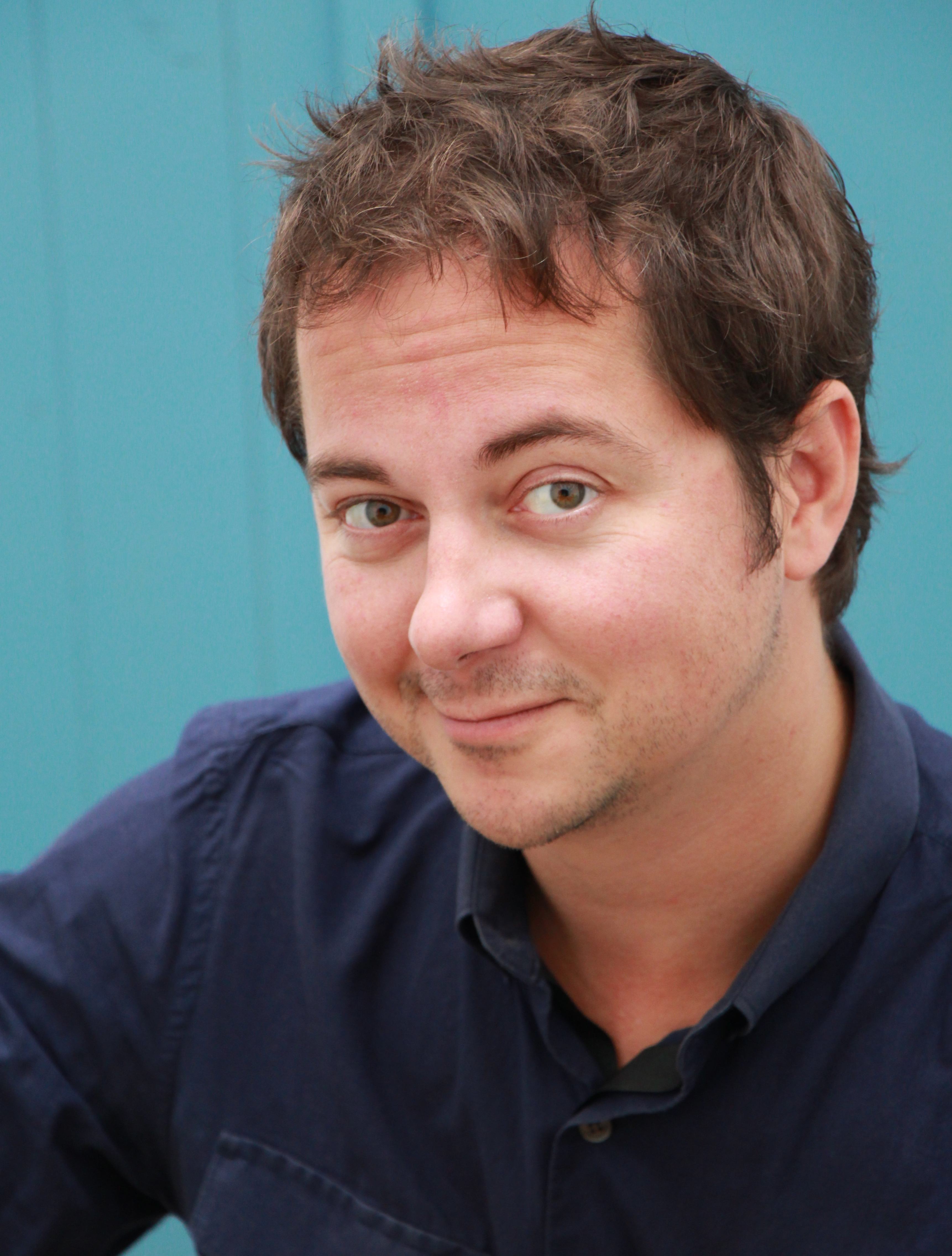80% of NewYear’s resolutions “fail” by mid-February1.
Reasons for their failure include anything from lack of clarity to over-ambition when setting the goal.
This leads to the question: what makes a good habit commitment?
You probably wonder this same thing when helping participants create action plans coming out of your learning interventions.
How can you help them take what they’ve learned and implement it into their day-to-day once they leave the room?
If New Year’s resolutions provide any indication of broader behavior change success rates, how can you ensure your program participants succeed in their commitments?
Whether through the works of Charles Duhigg, Richard Thaler, James Clear, BJ Fogg or Katy Milkman, there is an increasingly well-understood science that can be applied to the pursuit of lasting behavior change.
We’ve found Michael Bungay Stanier’s “New Habit Formula” (as outlined in his 2016 book, The Coaching Habit) to be a particularly useful expression of the research when applied to workplace learning.
Discover the most effective strategies for addressing each of the challenges pertaining to sustainable behavior change in a professional setting in this groundbreaking white paper from Actionable. Download the FREE “Ensuring Learning Transfer and Impact Report” HERE.
The formula is comprised of three parts, which, when combined create the ideal commitment structure.
The ideal commitment structure allows for a greater success rate when it comes to following through on the commitment and realizing desired behavior change.
When…[the trigger]: this is time, location, or activity-based. Ideally, it would be all three. For example, “When I am asked for my opinion or a decision”.
Instead of…[the current behavior]: this is not necessarily a “bad” behavior. Rather it’s the thing you are hard-wired to do. For example, “immediately providing my own thoughts.”
I will…[the new behavior]: this is the thing you want to do instead. It should be “laughably small”. In other words, it should be the smallest step you can take towards your desired change. BJ Fogg refers to these “tiny habits” as the keys to lasting behavior change. For example, “ask one follow-up question for the purposes of greater clarity.”
With Bungay-Stanier’s endorsement, the Actionable platform has been designed with this structure in mind to promote successful behavior change.
In Actionable’s Habit Builder, we see that active users (participants who have engaged with their commitment beyond the initial commitment creation and benchmarking) with commitments that include all 3 components see an average rating change (the difference between the first and last rating change the participant gives on the commitment) of 12% higher than those who have only 1 or 2 (p<0.0001).
Findings from the data in our platform indicate that an individual’s ability to realize their desired change is directly correlated to a very specific – and simple – commitment design.
As a consultant or facilitator, you will benefit from shifting your focus away from laborious intention and goal-setting processes and towards teaching participants the optimal commitment structure: a specific trigger, identification of the current behavior, and a commitment to a laughably-small new behavior that will lead to the participant’s desired outcome.
If you’re looking for more support on how to help your participants structure their commitments or turn their learnings into action or simply want to chat about how Actionable’s Habit Builder can take your learning interventions to the next level, book a time to chat with us now.
If you want more insights and strategies like this, download our FREE “Ensuring Learning Transfer and Impact Report”.
Actionable is on a mission to help boutique consultancies scale their business by giving them the tools to prove and amplify their impact.
We can’t wait to meet you.
1https://www.inc.com/marla-tabaka/why-set-yourself-up-for-failure-ditch-new-years-resolution-do-this-instead.html


